Branding: What do the Numbers Say? Part II
Last month's article laid some foundation on the basics of branding. In that article, we defined branding, compared it to product promotions and outlined some key elements of what works and what doesn't when branding plants. This month, we dive deeper. This article examines the results from a research study suggesting that a properly executed branding program can indeed yield greater profits for the grower and the retailer.
In spring 2003, Horticultural Printers, Inc., Swanson Russell Associates and NQuery Research wanted to test the debate regarding brand promotions — specifically point-of-purchase programs — in the retail garden center.
The goal was two-fold: 1) To measure whether consumers considered plants branded with point-of-purchase material as having a greater value; and 2) to find out whether consumers would pay a higher price for plants that used branded promotions.
This test was conducted in six retail garden center stores in Dallas, Texas, during April 2003. Impatiens supported by point-of-purchase materials were displayed in close proximity to impatiens receiving no brand support. For test purposes, impatiens with POP support were given the previously unused brand name “Southern Shades,” priced an average of 30 percent above the unbranded plants and given an end cap location in the retail setting. (This additional price margin was enough to cover the cost of the POP materials, plus an additional amount to allow for a greater profit for the plant supplier and retailer.)
The findings of this research yielded powerful results that support the notion of the Four P's Formula: An effective POP program, higher pricing and improved retail placement give you greater profits.
The Study
Six stores in the Dallas area were selected to participate in this research study: three Calloway's Nursery locations and three Home Depot locations. Four stores (two Calloway's and two Home Depot's) served as test stores — locations that received both the branded version and unbranded version of the test product. The two remaining stores served as control stores — locations that received only the unbranded version of the product and had complete latitude on how to price the product and where to merchandise it. (The purpose of control stores is to provide a benchmark.) All six stores were roughly equal in terms of square footage, seasonal sales volume and customer traffic.
On day one of the research study, the four test stores were shipped 300 units of the branded product and 300 units of the unbranded product. The two control stores received 300 units of the unbranded product. For the test stores, merchandising teams were dispatched to set up the displays.
The study lasted nine days, encompassing two weekends. Inventory was counted two times daily — at store opening and store closing. Sell through numbers were recorded and reported daily to NQuery.
The wholesale price for impatiens was set at $1.20 for the branded version with POP support and $.95 for the unbranded without POP support. Retail prices, as indicated in Figure 1 above, were suggested and approved by the participating retailers. In all instances, the suggested selling prices exceeded typical price points for similar products.
The branded product was merchandised with point-of-purchase signs, bench wrap and large custom pot stakes. The unbranded product was merchandised with a pricing sign and standard 1- x 4-inch stakes common in the industry.
What is Southern Shades?
Southern Shades is a completely fictitious brand. It's concept, however, is based on previous research of the types of promises consumers would desire in a plant brand. The brand had three distinct promises that were communicated via the POP material.
Alleviate consumers concerns over failure.
* #1 in university tests
* More tolerant of Southern heat
Healthy, plentiful blooms.
* Engineered for more blooms
* Bigger, brighter flowers
* Blooms spring to fall
Right for my geography/Better for Southern gardens
* Southern Shades
* More tolerant of Southern heat
Each store sold the product at different rates. Replenishment dates following day one of the research study varied based on each individual store's sell through. However, each store always maintained a maximum inventory: The test stores had 300 units of branded and 300 units of unbranded product; control stores maintained 300 units of unbranded product.
What Were The Results?
Calloway's. At Calloway's test store 1, the branded product significantly outperformed the unbranded version. The results from the control store were in line with the sell-through experienced on the unbranded version.
With Calloway's test store 2, the results were more equivalent. The branded and unbranded versions sold at relatively the same rate. Test store 2 was a more urban, mixed income locale, while test store 1 was in an upscale northern Dallas suburb.
Regardless of the relatively equal turns for the branded and unbranded products in test store 2, the branded product still earned higher gross margin for the grower and retailer. Recall that the unbranded version sold for $1.99 and the branded version sold for $2.49. The name of the game is to maximize the amount of profit contribution per square foot of selling space.
Home Depot. At Home Depot test store 1, the branded product clearly outsold the unbranded product. Interestingly, the control store outperformed this test store. Home Depot test store 1 (like its Calloway's counterpart) was a more urban store with a mixed income clientele. The control store happened to be located at one of the highest-volume Home Depot stores in the region — and near a regional headquarters for the company.
Home Depot test store 2 happened to be in a more upscale area. Like its Calloway's store counterpart in a more affluent area, the branded product clearly outsold the unbranded product and outperformed the control store benchmark. Recall that in the Home Depot stores branded product sold for $1.59 per unit and the unbranded sold for $1.20.
The Bottom Line
So, after this research, what is the bottom line?
In three of our four test stores, the branded product version clearly outperformed the unbranded product.
* In three of the four test stores, the branded product outsold the control stores.
* In one test store, the branded and unbranded products sold at an equivalent rate.
* In all instances, the branded product retailed for a higher price point than the unbranded version.
The real kicker is that across the board retail price points for both the branded product and unbranded product was higher than typical retails.
Applying the results
There is validity to the Four P's formula. Combined use of effective POP, higher pricing and proper placement in the retail store can lead to higher profits for everyone in the supply chain. Retailers need to maximize the visibility (and value) of end-cap locations with attention getting POP materials. For retailers, this research highlights the importance of managing your most valuable real estate.
End-cap displays can become even better profit machines by using effective POP to call attention to the merchandise and/or add additional purchase value for the consumer. For suppliers, this research strongly suggests that POP is a wise investment — especially when it can be used in conjunction with proper product placement. A return on investment is possible on POP if it is used to separate product from the masses.
Both retailers and suppliers need to continually work together on ways to maximize the gross margin contribution of every square foot of retail selling space. This will become increasingly important as the overall sales growth rate in the industry slows.
POP material can add value. For common plant material like impatiens, POP material can be used to add additional value to the purchase. The Southern Shades branding effort successfully positioned the product as a better alternative.
There is unnecessary waste during opportune times. During times of high seasonal demand, the industry is leaving money on the table. What is the difference between $1.99 and $2.49 for 4-inch impatiens? For the consumer it is $.50. For the supplier and retailer, that 25 percent amounts to a significant boost to the bottom line.

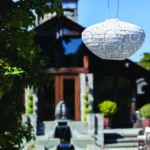




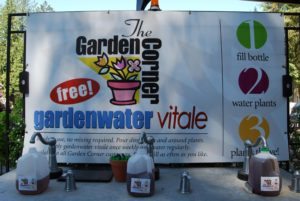
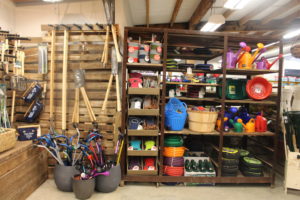
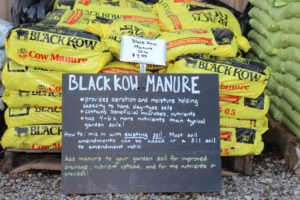
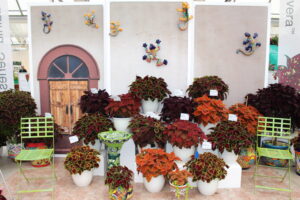
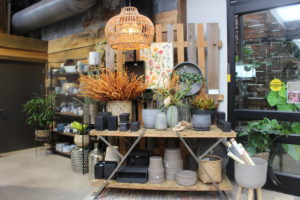
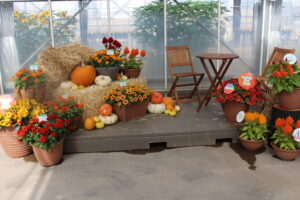
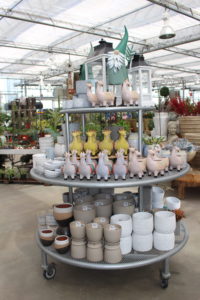
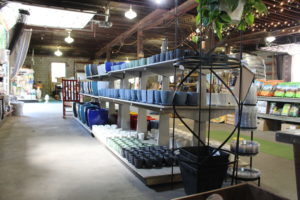
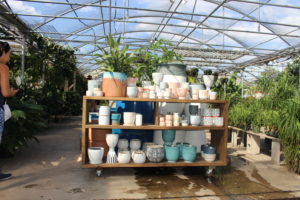

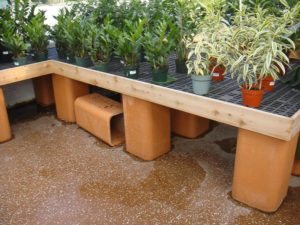
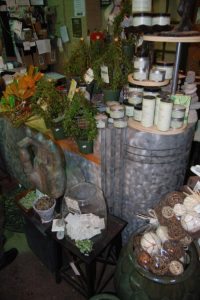
 Videos
Videos





